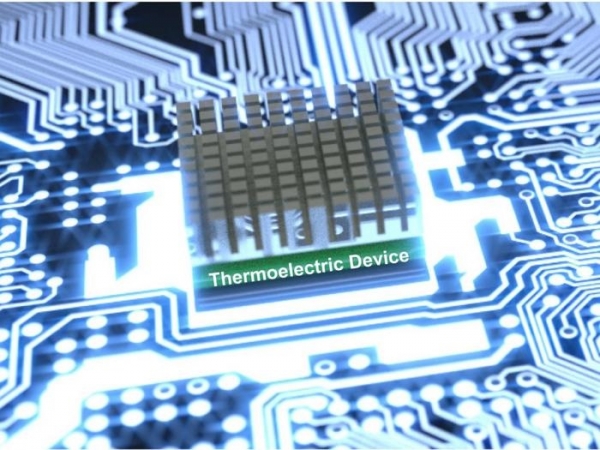Next-generation electronics will feature smaller and more powerful components that require new solutions for cooling. A new thermoelectric cooler developed by Penn State scientists greatly improves the cooling power and efficiency compared to current commercial thermoelectric units and may help control heat in future high-power electronics, the researchers said.
“Our new material can provide thermoelectric devices with very high cooling power density,” said Bed Poudel, research professor in the Department of Materials Science and Engineering at Penn State. “We were able to demonstrate that this new device can not only be competitive in terms of technoeconomic measures but outperform the current leading thermoelectric cooling modules. The new generation of electronics will benefit from this development.”
Thermoelectric coolers transfer heat from one side of the device to the other when electricity is applied, creating a module with cold and hot sides. Placing the cold side on electronic components that generate heat, like laser diodes or microprocessors, can pump the excess heat away and help control the temperature. But as those components become more powerful, thermoelectric coolers will also need to pump more heat, the scientists said.
Read more at: Penn State University
Half-Heusler materials may provide a boost in cooling power density of thermoelectric devices and provide a cooling solution for next generation of high-power electronics. (Photo Credit: Wenjie Li)


